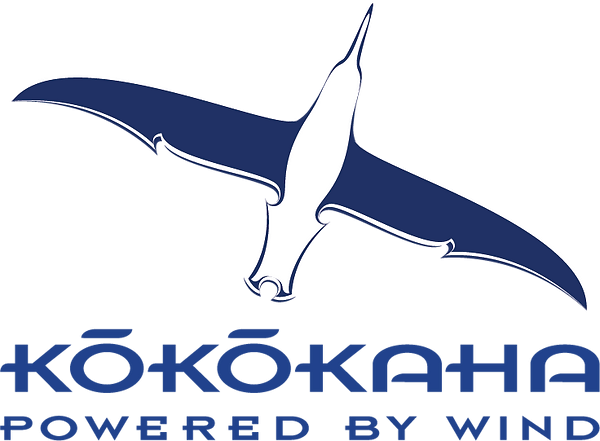
HOW IT WORKS
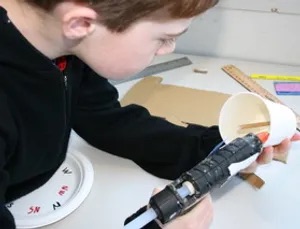
What is it?
Kōkōkaha is an integrated unit of work that focuses on the science, technology, engineering and maths (STEM) associated with harnessing the wind.
Kōkōkaha learning experiences are designed to show progression for students in three phases from from year 4 through to year 10 and are intended to provide them with the skills and knowledge to design their own technologies to harness the power of the wind.
Kōkōkaha learning experiences can easily be adapted for older or younger children. Kōkōkaha is available free to schools and kura throughout New Zealand.
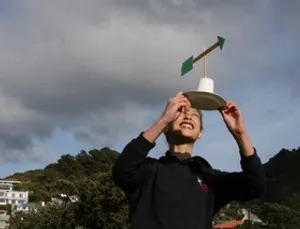
What is included?
Kōkōkaha includes:
- Classroom Learning experiences include hands on activities to help your students learn about the power of the wind and this is free of charge.
- Sailing experiences include going sailing to feel the power of the wind and interacting with a set of resources to understand how sailing technologies work, this may have a cost associated with it depending on the local club.
- Take Action task where learners use the skills and knowledge they acquire to design a technology to harness the power of the wind.
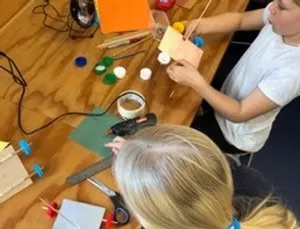
How to get involved?
Use the register section to let us know that your school or kura wants to get involved. We will then provide you with a copy of the teacher guide to help you plan your Kōkōkaha experience.

LEARN ABOUT WIND
These Kōkōkaha activities will help ākonga to explore and deepen their understanding of science, technology, engineering and mathematics and explore sustainable wind energy.
Technology in the New Zealand Curriculum says studying technology is important for “design thinking, technology education supports students to be innovative, reflective and critical in designing new models, products, software, systems and tools to benefit people while taking account of their impact on cultural, ethical, environmental and economic conditions.”
Years 4-6
Ākonga are introduced to the basics of natural energy, how wind and waves are formed. They understand how wind can be harnessed while sailing and the basic engineering principles related to sailing technology. Hands on maker activities help them to visualise and test the use of day-to-day materials and grasp the concept of floating and sinking. Ākonga then design and make a wind powered artwork. All while learning the names of sailing parts and weather terminology.
Years 7-8
Ākonga develop a deeper understanding of sailing mechanics and technology. They investigate the principles of design thinking in the context of sailing, experimenting with sail shapes and materials to optimise performance. Ākonga research the environmental impact of sailing and brainstorm ways to harness the power of the wind to race a model sailing boat.
Years 9-10
Ākonga analyse the cultural, ethical, environmental, and economic impacts of sailing technology. Using the critical thinking and their innovation skills, students are encouraged to redesign a sailboat to make it sail faster developing a comprehensive design, including sketches and written explanations of materials, processes and their learning through construction, testing, and reporting. Technical terminology being present in their written and oral communications. Mathematical calculations of the speed of their sailboat recorded as well as the wind speed.
Regardless of the phase of learning that you are in, the intention is that the activities will help you to explore and deepen your understanding of the big idea that the environment is not limitless and that we all need to take it care of it.

Yachting New Zealand
PO Box 33 1487, Takapuna, Auckland 0740
 Admin Login
Admin Login